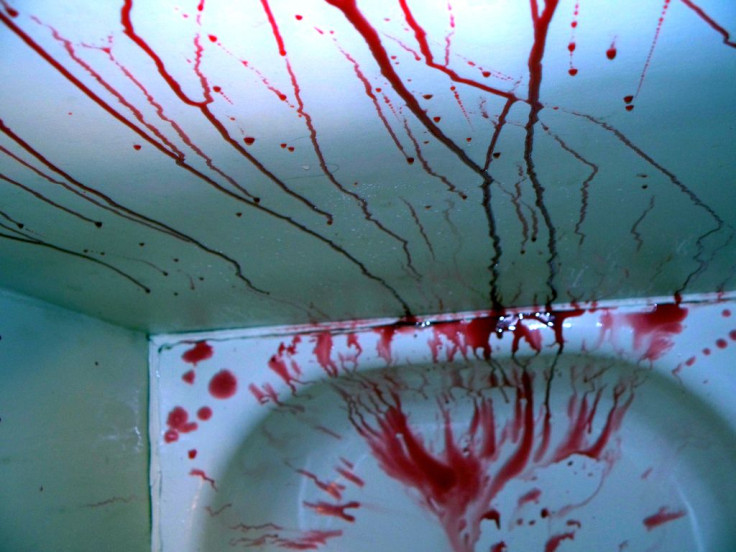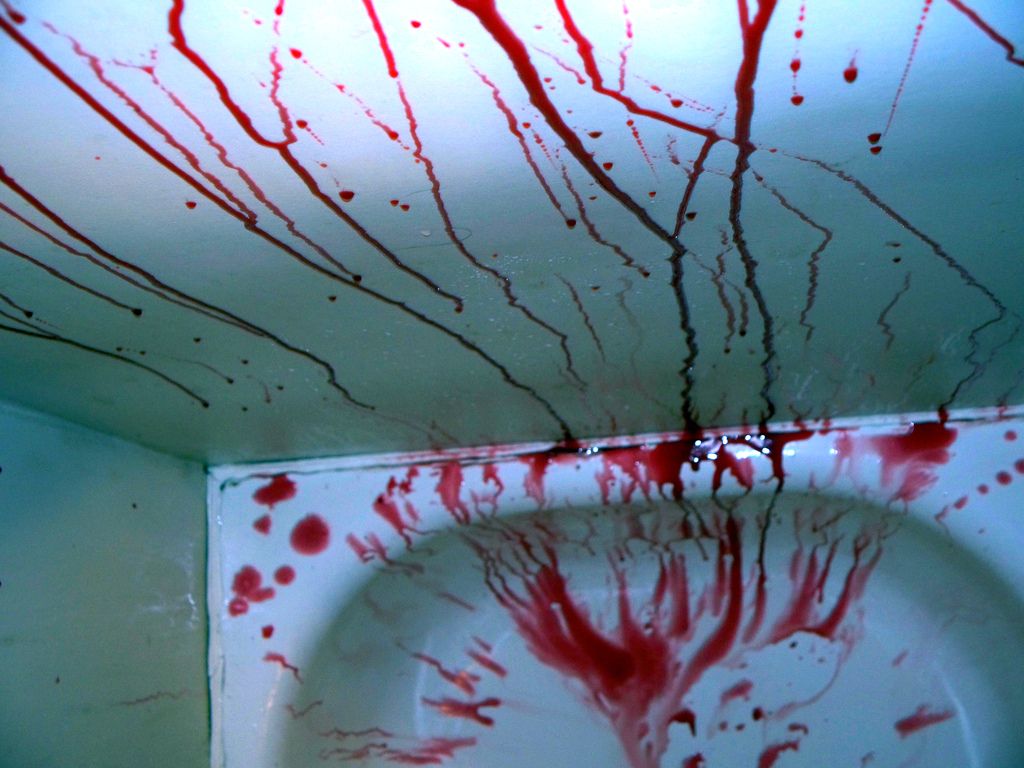How Does Bloodstain Pattern Analysis Actually Work? Here’s What Dexter Was Really Up To

Showtime’s hit series Dexter followed a seemingly normal guy with sociopathic tendencies who was taught to channel his desire to kill into a more “constructive” manner, namely kill people who he believed deserved to die. While many aspects of the show may have been contrived and outlandish, the main character’s profession was anything but. Bloodstain pattern analysis is an element of crime scene investigation that applies principles of biology, physics, and mathematics. Analysts use bloodstains found at a crime scene to create a narrative that explains what actions caused the bloodshed.
Now, clearly bloodstain pattern analysis is not an exact science. Analysts can only assess the size, shape, distribution, and location of bloodstains to make an informed decision about what did or did not happen at a crime scene. However, due to an intuitive understanding of blood’s behavior, the properties of blood, and the many ways in which it leaves the body (flow, drip, spray, spurt, gush, or ooze) bloodstain pattern analysis is regarded as an invaluable tool for investigating violent crimes, such as assaults, homicides, suicides, abductions, or vehicular accidents.
First and foremost, bloodstain pattern analysts must be well-versed in the properties of blood. Blood is made up of both liquid, including plasma, and solids, including red blood cells, white blood cells, and platelets. When it’s in the body and when it exits the body, blood stays in its liquid form. Minutes after leaving the body, blood begins to clot into its solid form, which can indicate how long the attack occurred for and how long the victim bled for following the attack. The shape a clotted bloodstain makes after hitting a surface will depend on the angle of impact, velocity, distance travelled, and type of surface.
There are three basic types of bloodstains: passive stains, transfer stains, and projected or impact stains. Interpreting these stains in terms of how they were made, what type of weapon was used to make them, the speed at which blood left the body, and the degree of force used to create the spatter pattern is the top priority of on-scene bloodstain pattern analysts. This requires both pattern analysis, which involves examining the physical characteristics of stain patterns, and reconstruction, which entails using analysis data to put the explanation of how stains were made into context. Here are some of the different stain patterns analysts are tasked with outlining:

Published by Medicaldaily.com



























